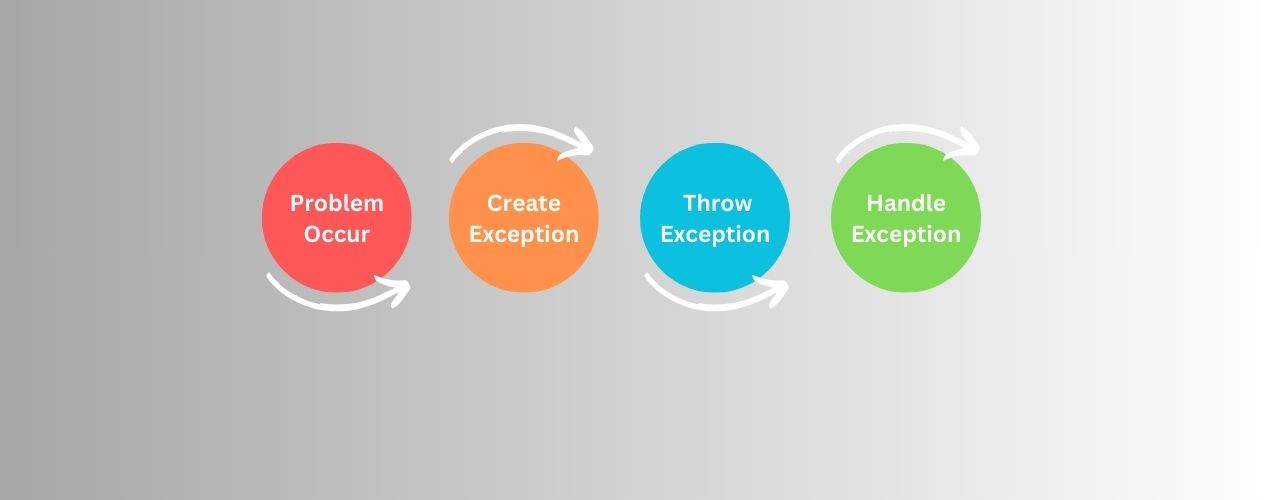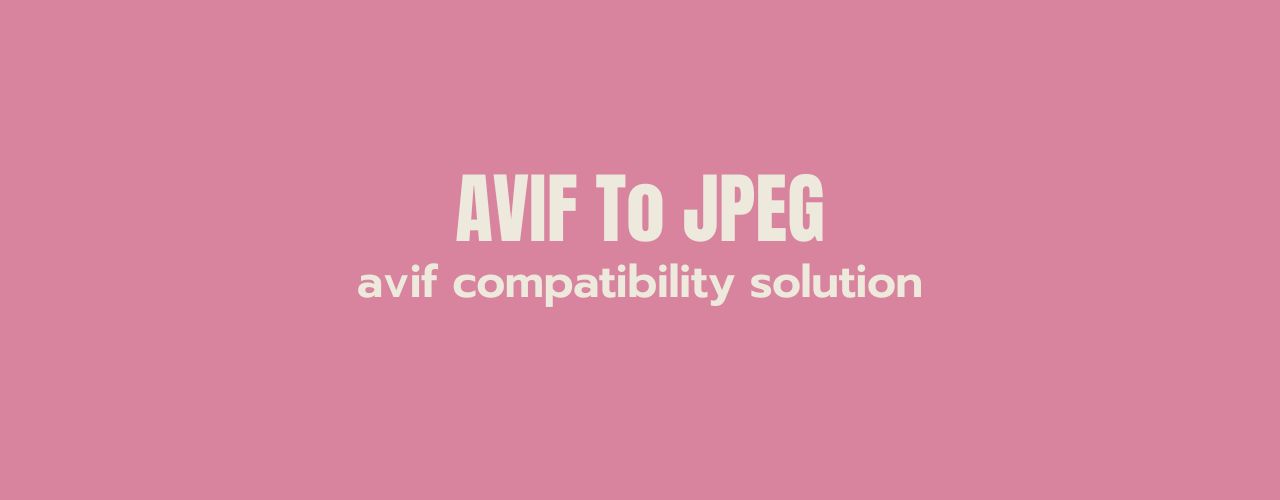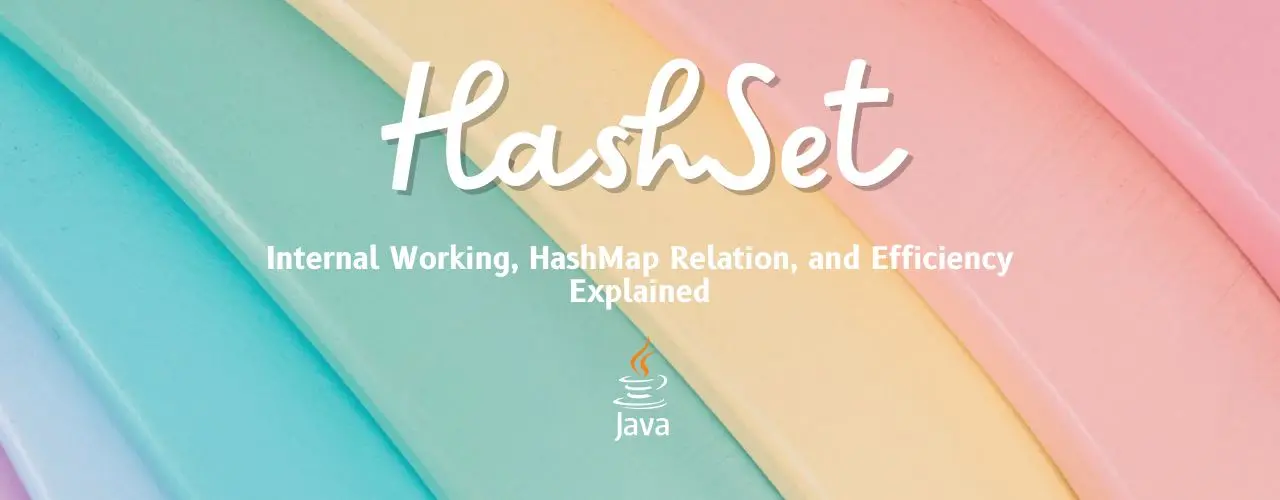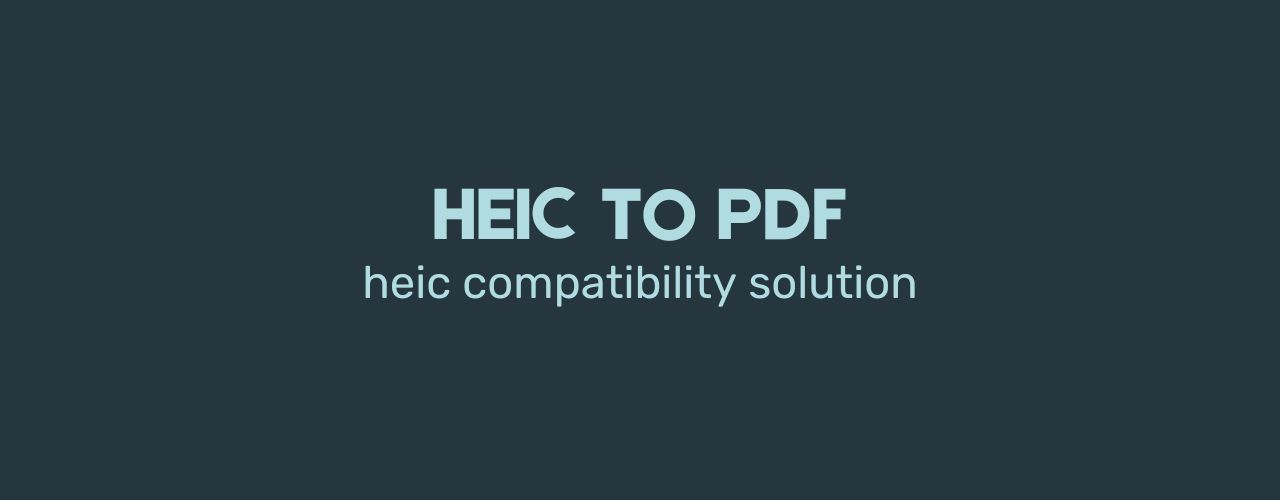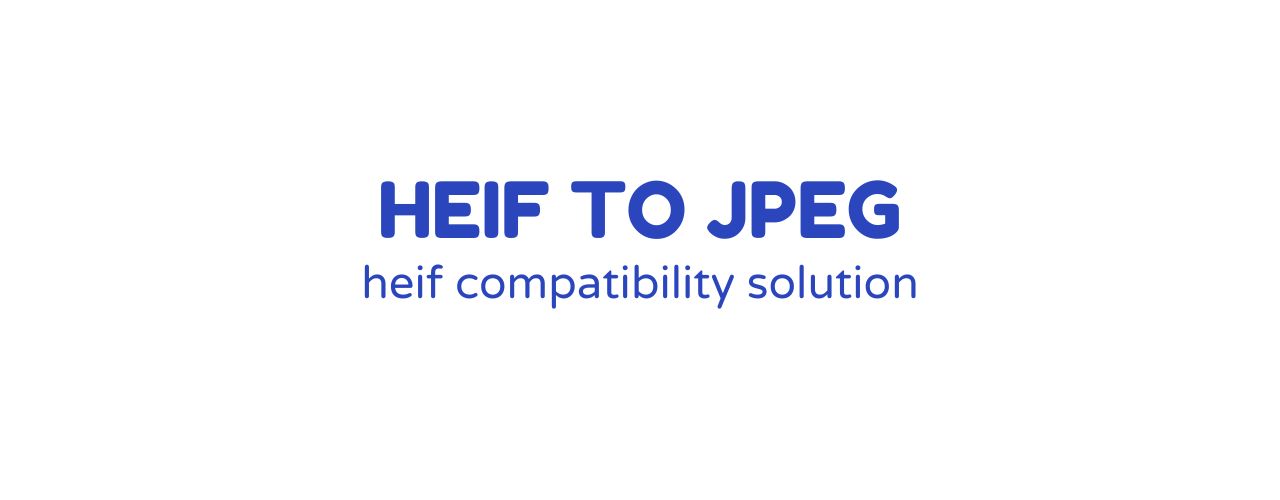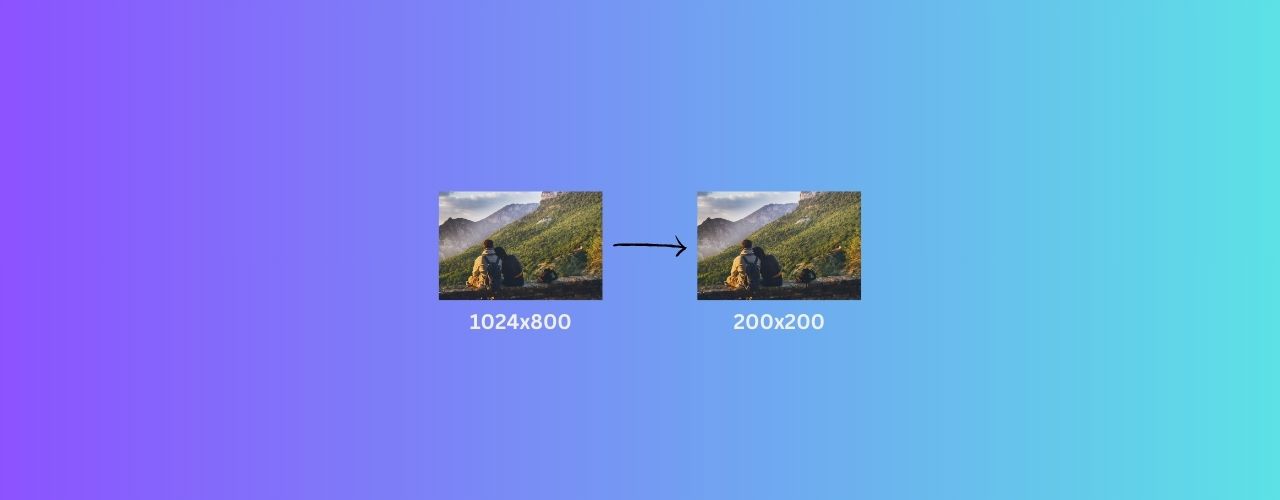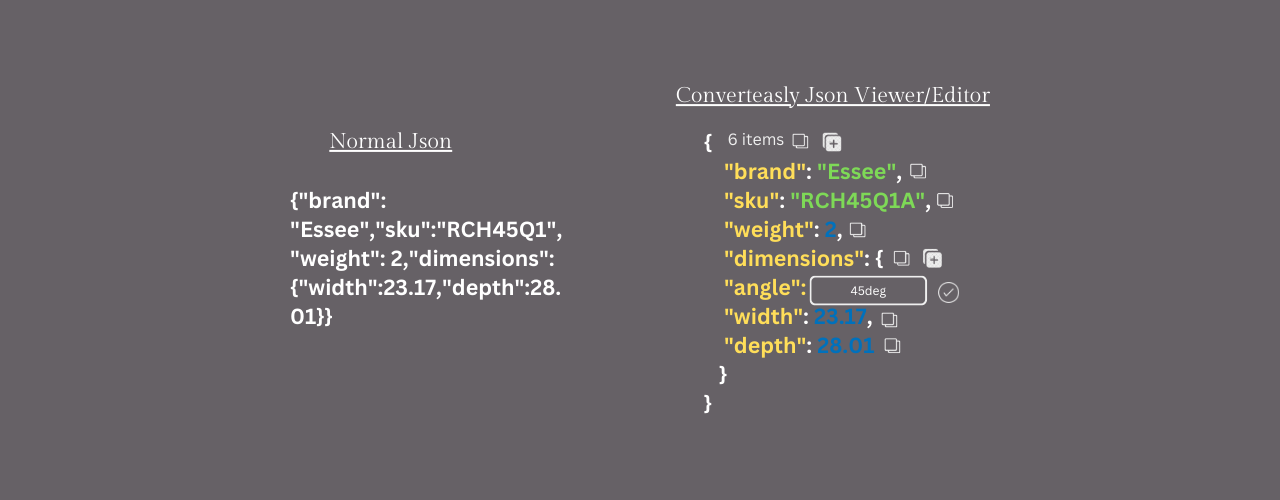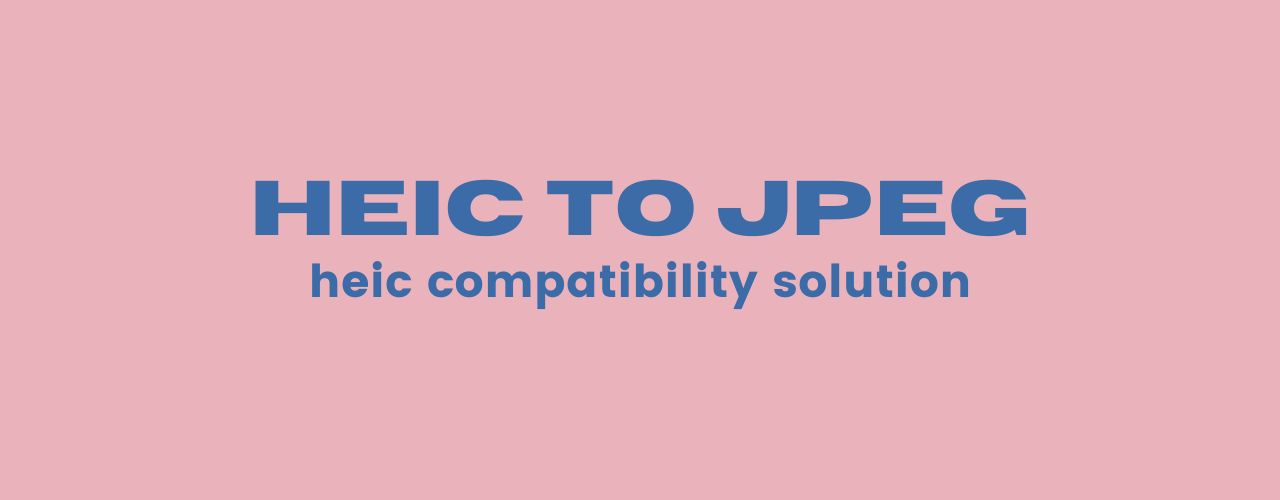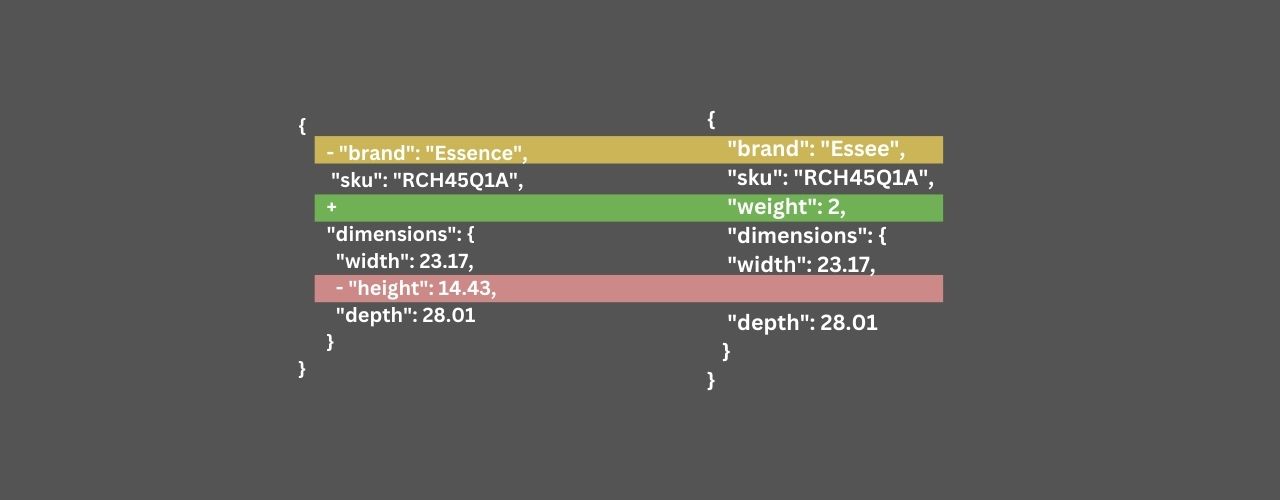Optimizing images for the web is essential for faster loading times and better user experience. Converting JPG and PNG images to WebP format is an effective way to achieve this. Converteasly.com provides a seamless tool to convert your images to WebP. Follow these simple steps to convert your JPG or PNG images to WebP quickly and efficiently.
Step-by-Step Guide to Converting JPG/PNG to WebP
Step 1: Copy and Paste Your Image URL to JPG/PNG to WebP Tool
First, navigate to the JPG/PNG to WebP tool on Converteasly.com. Once there, locate the input field. Copy the URL of the JPG or PNG image that you want to convert and paste it into the provided text box. If you have the image file on your computer, you can also use the upload option to add your image directly.
Step 2: Click on Generate Button to Convert Image to WebP
After pasting the image URL or uploading the image file, find the "Generate" button. Click on it to process your image. The tool will automatically convert your JPG or PNG image to WebP format. This step is quick and ensures that your image is optimized for the web.
Step 3: Click on the Download Button to Save the WebP Image
Once the WebP image is generated, you will see a download button. Click on the download button to save the converted WebP image to your device. This allows you to easily use the optimized image on your website or other projects. You can also Scan the QR code provided to download your converted file.
YAY! 🥳
Why Use Converteasly.com for JPG/PNG to WebP Conversion?
Converteasly.com is a reliable platform that provides efficient tools for various data conversion needs. Here are some reasons why you should use Converteasly.com for converting JPG and PNG images to WebP:
User-Friendly Interface: The tool is designed to be simple and intuitive, ensuring that you can convert images with minimal effort.
High-Quality Conversion: Converteasly.com guarantees precise conversion, so you can be confident that your images are optimized without losing quality.
Faster Website Loading: WebP images are smaller in size, which helps in improving your website's loading speed and overall performance.
UseCases Of JPG/PNG to WebP🙇♀️
Following are the areas where we can use JPG/PNG to WebP tool.
Web Optimization: WebP is designed to provide superior compression for images on the web compared to JPG or PNG formats. Converting images to WebP can significantly reduce file sizes, leading to faster webpage loading times and improved user experience, especially on mobile devices and in regions with slower internet connections.
E-commerce Websites: Online stores often have numerous product images on each page. By converting these images to WebP format, e-commerce websites can improve website performance, reduce bandwidth usage, and potentially increase conversion rates by providing a faster and smoother shopping experience for users.
Image-heavy Websites: Websites that rely heavily on images, such as photography portfolios, travel blogs, or online magazines, can benefit from using WebP format to optimize their image content. This can help them deliver high-quality visuals while maintaining fast load times and better SEO performance.
Responsive Web Design: Websites that adapt their layout and content based on the user's device screen size (e.g., desktop, tablet, mobile) can use WebP images to ensure optimal image quality without sacrificing performance on smaller screens or slower connections.
Social Media and Sharing Platforms: Social media platforms and image-sharing websites can use WebP format to reduce the size of images uploaded by users, improving platform performance and making it faster to load and share images across different devices and networks.
Content Management Systems (CMS): CMS platforms like WordPress or Joomla can integrate WebP conversion tools to automatically optimize images uploaded by content creators, improving website performance and reducing the workload on website administrators.
Mobile Applications: Mobile app developers can use WebP format to reduce the size of images within their applications, leading to faster app downloads and improved user experience, especially in regions with limited bandwidth or data caps.
Email Marketing: Email marketers can use WebP images to optimize the size of images included in email campaigns, ensuring that emails load quickly and display correctly across various email clients and devices.
Digital Advertising: Advertisers can use WebP format to optimize the size of images used in online advertising campaigns, ensuring that ads load quickly and display correctly across different platforms and devices, ultimately improving ad performance and ROI.
Archiving and Storage: While WebP is primarily optimized for web use, it can also be used for archiving and storing image files, especially for projects or organizations that prioritize file size efficiency without sacrificing image quality.
Conclusion
Converting JPG and PNG images to WebP is made simple with Converteasly.com. By following the straightforward steps outlined above, you can efficiently optimize your images for better web performance. Whether you're managing a personal blog or a professional website, Converteasly.com is your go-to solution for image conversion. Visit Converteasly.com today and start optimizing your images for the web.



